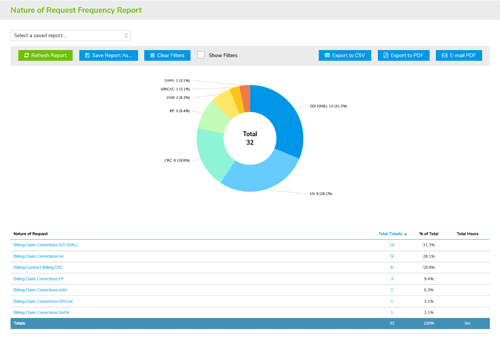Customer Service Resource Center
Helpful resources with insights from our industry experts
Learn How To Improve Your Customer's Experience with Expert Insights

Top 12 Mission-Critical Call Center Metrics: A Comprehensive Guide for CX Leaders

Customer Service Goals: 11 Ways to Inspire Improvement Plus How-To's
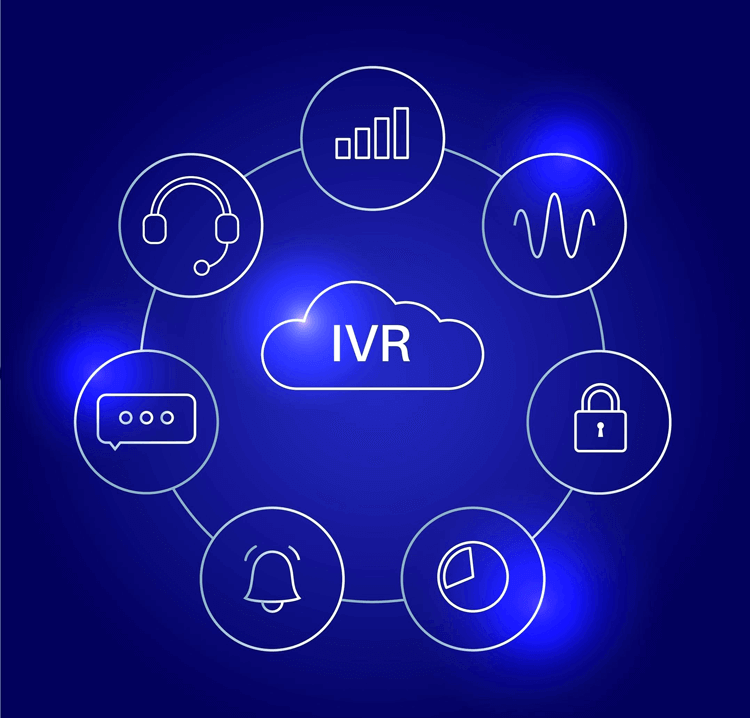
Top 8 Interactive Voice Response (IVR) Benefits for Call Centers

7 Examples of Excellent Customer Service in Healthcare and How to Implement Them
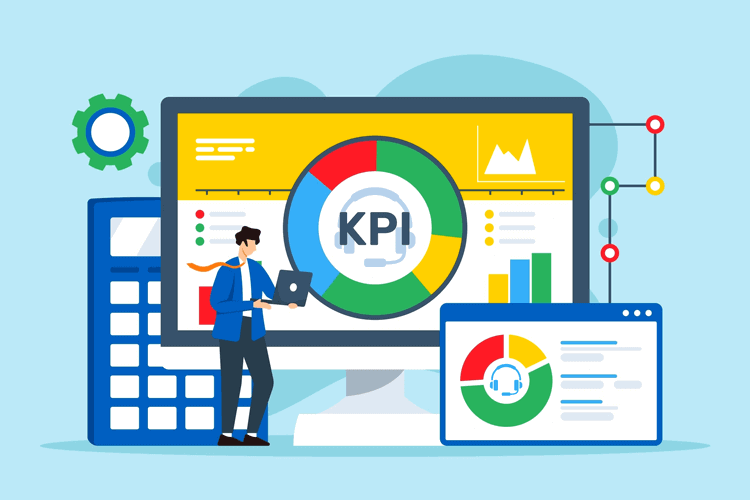
Call Center KPI Benchmarks By Industry Plus Best Practices

7 Strategies for Providing Excellent Customer Service at a Hospital
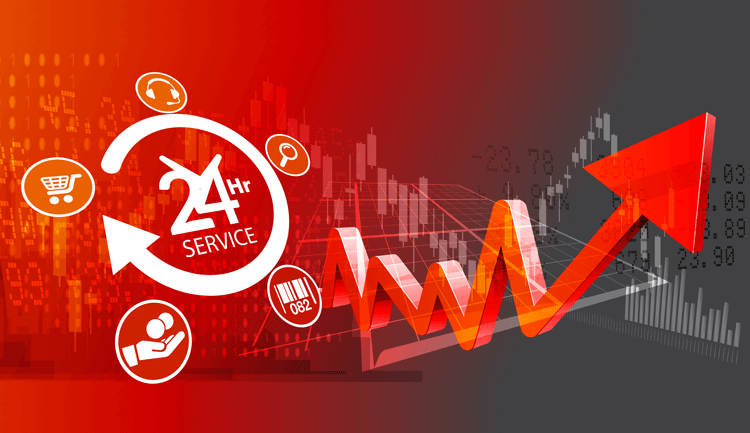
Exploring the Future: Customer Service Industry Trends for 2025

Customer Service Training Activities: 12 Top Games and Exercises to Build Stellar Support Teams

The 10 Most Important Customer Experience Statistics for 2025 with How To’s and Examples
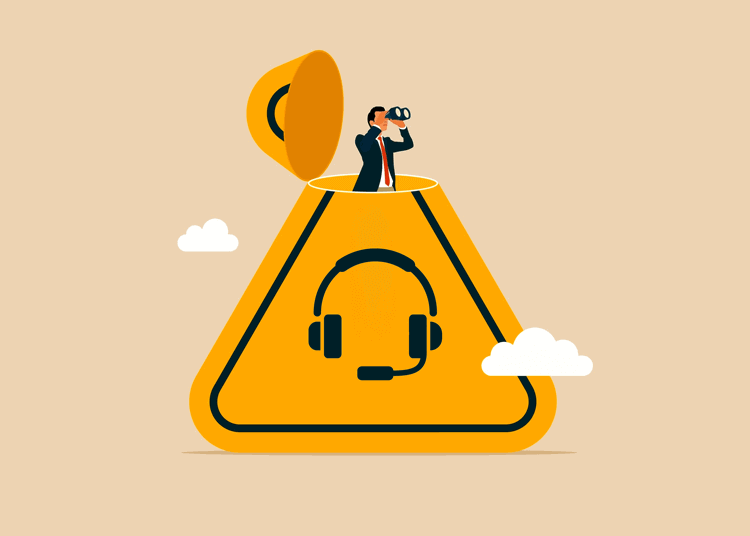
20 Top Strategies for Proactive Customer Service Plus Examples

Contact Center Productivity: What It Is and 7 Ways to Improve It

How to Streamline the Customer Service Workflow Process: 10 Practical Examples
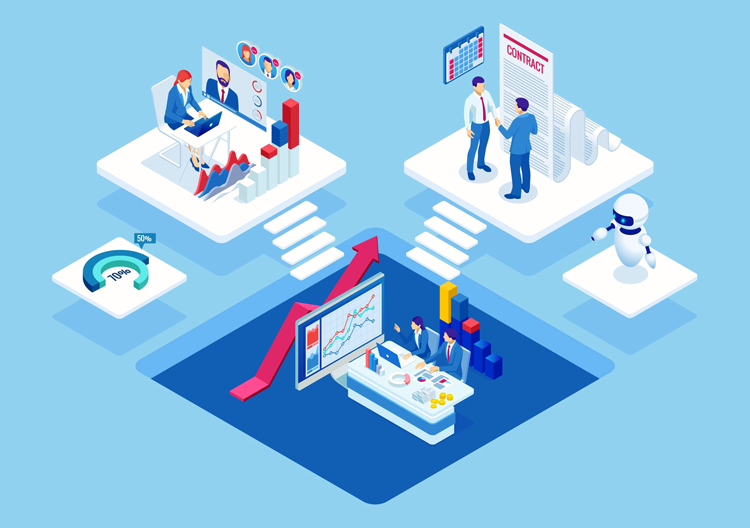
Top 15 Customer Service Examples for B2B Specifically: Best Practices and Technologies
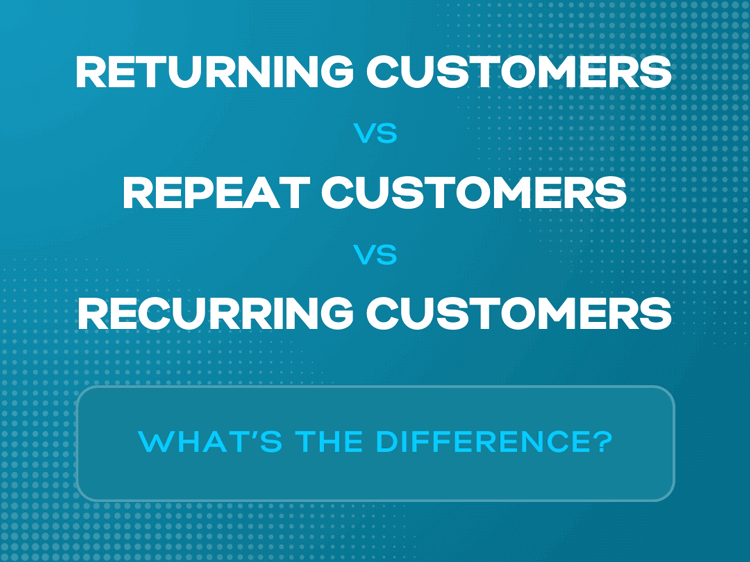
Returning vs. Repeat vs. Recurring Customers: Definitions, Benefits and 15 Growth Strategies

Identifying and Closing Customer Service Gaps: Tools and Techniques for Enhanced Business Success
Learn Best Practices to Create Top Notch Customer Support Oranizations
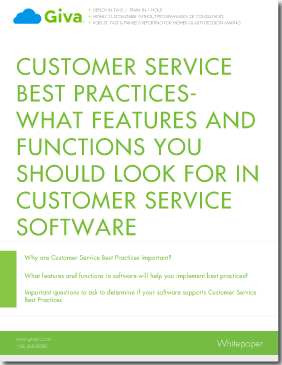
Customer Service Best Practices - What Features and Functions You Should Look For in Customer Service Software
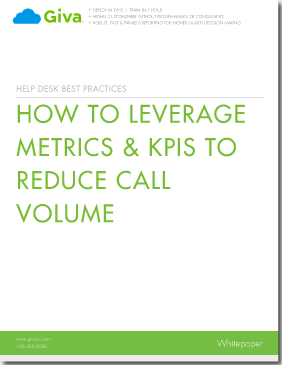
How to Leverage Metrics & KPIs to Reduce Call Volume

Example Service Level Agreement (SLA) Template
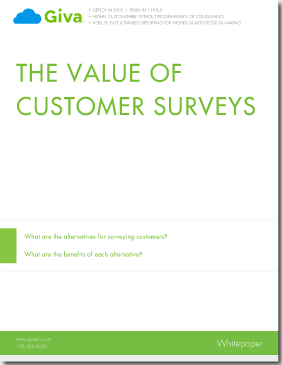
The Value of Customer Surveys
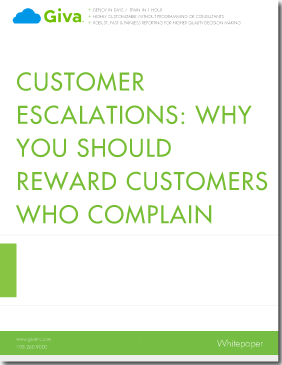
Customer Escalations - Why You Should Reward Customers Who Complain
Giva's Customer Service Software Solution
Provide the highest customer service experience to increase customer satisfaction and brand loyalty.
Learn More